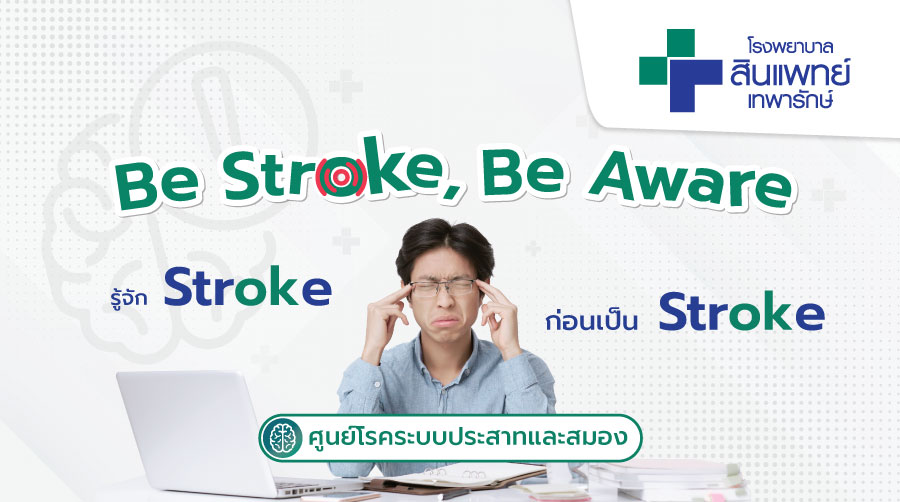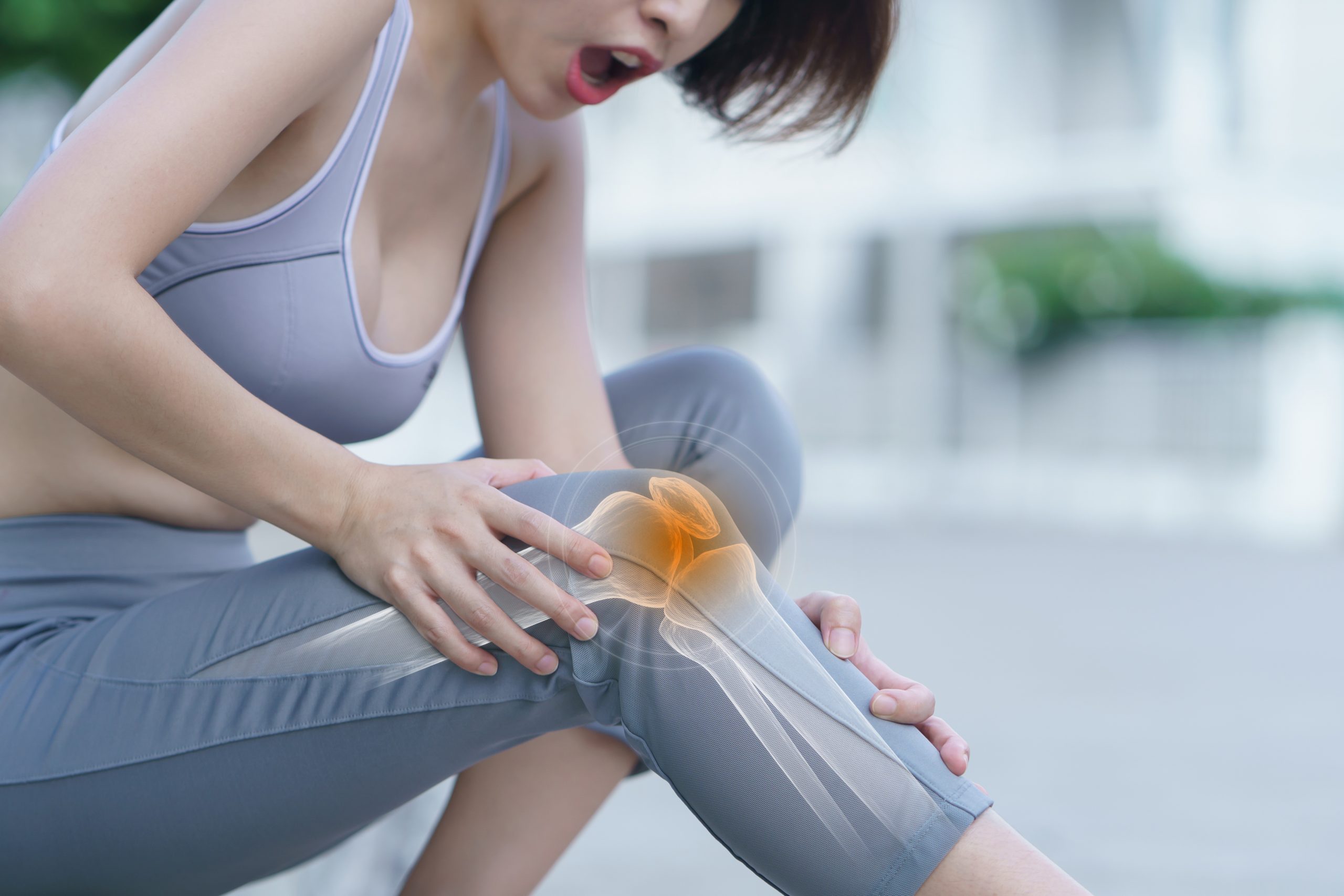Apr 16, 2025

Understanding Stroke Before It Strikes
Stroke, or cerebrovascular disease, is a major public health issue in Thailand, affecting people of all ages. It is a leading cause of death and disability, with approximately 500,000 patients currently living with the condition.
A stroke occurs when blood flow to the brain is interrupted due to a blocked (ischemic) or ruptured (hemorrhagic) artery. This deprives brain tissue of oxygen and nutrients, causing sudden symptoms such as:
Numbness or weakness in the face, arm, or leg (typically on one side).
Difficulty moving or loss of movement.
Atherosclerosis:
Plaque buildup (fat, cholesterol) in brain arteries due to smoking, high-fat diets, hypertension, or diabetes.
Embolism:
A blood clot or fatty deposit (e.g., from arrhythmia, heart valve disease, or an enlarged heart) blocks a brain artery.
Hemorrhage:
Uncontrolled high blood pressure or aneurysms cause arteries to rupture.
Hypertension: Weakens artery walls, increasing rupture risk.
Smoking: Reduces oxygen levels and thickens blood, impairing brain circulation.
High Blood Sugar: Thickens artery walls, narrowing blood flow.
High Cholesterol: Plaque buildup narrows arteries, restricting brain blood supply.
Unhealthy Lifestyle: Obesity, excessive salt/fat intake, alcohol abuse.
Heart Disease: Arrhythmias, valve issues, or heart failure elevate stroke risk.
Genetics: Family history of stroke increases susceptibility.
Seek immediate medical help if you experience:
Sudden numbness/weakness in the face, arm, or leg (especially one-sided).
Blurred/double vision.
Severe, unexplained headache.
Dizziness, confusion, or loss of balance.
Emergency Care: Restore blood flow (e.g., clot-busting drugs for ischemic strokes).
Medication: Control blood pressure, cholesterol, and blood sugar.
Surgery: Remove clots, repair aneurysms, or relieve brain pressure.
Rehabilitation: Physical, occupational, and speech therapy to regain function.
Monitor and manage blood pressure, cholesterol, and diabetes.
Quit smoking and limit alcohol.
Adopt a balanced diet (low salt, low fat) and exercise regularly.
Screen for heart conditions and follow treatment plans.
Act FAST:
Face drooping
Arm weakness
Speech difficulty
Time to call emergency services
Consult specialists at Synphaet Hospital for personalized care and prevention strategies.


